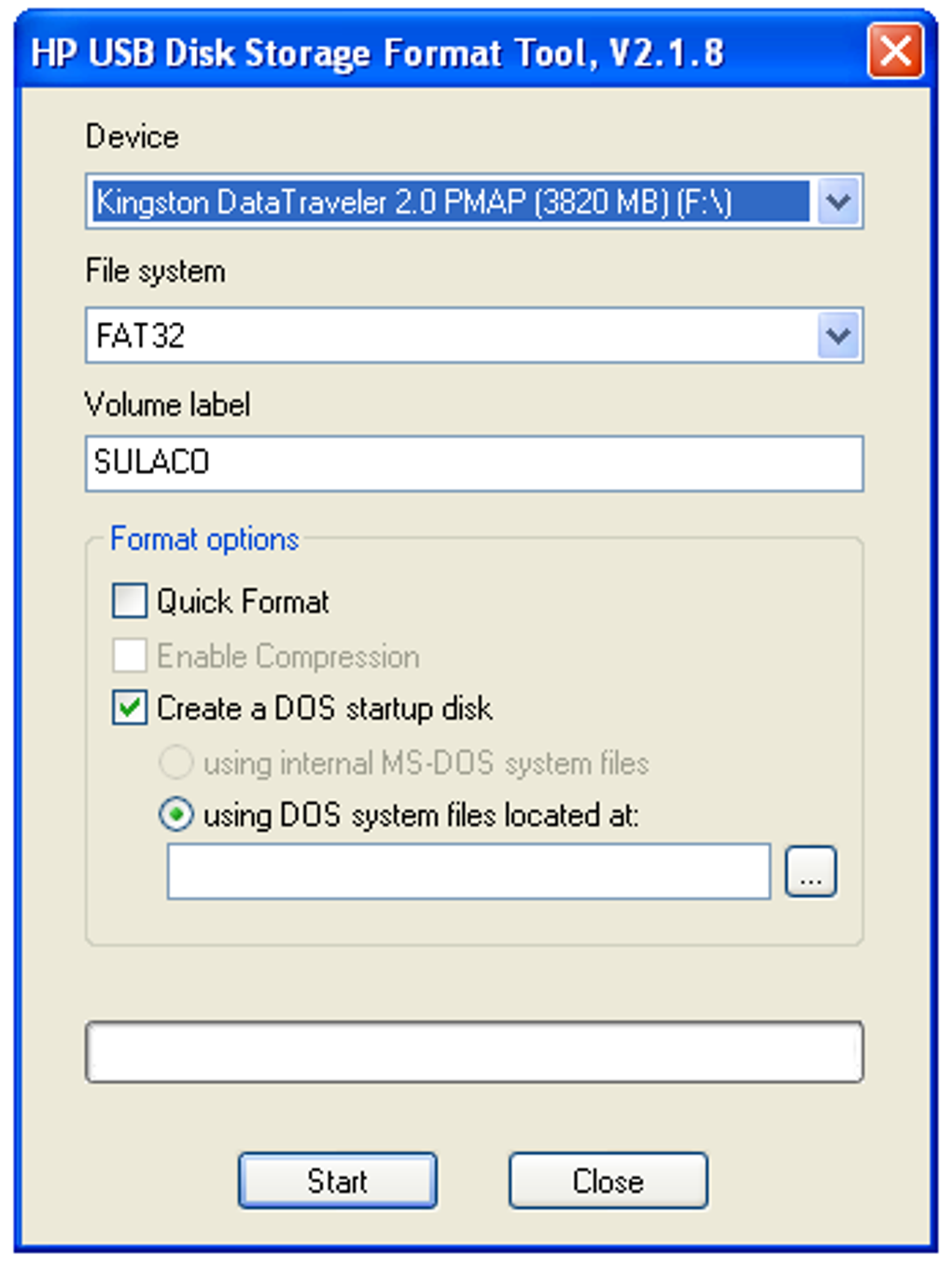

The high-level format on the hard drive will only remove your data and would let you change the file format. The low-level format in the hard drive would delete all the data, partitioning table, boot sectors, file formats, district DATA, identification ID, and everything related to the drive.

We can perform a high-level format on dedicated partitions of the hard drive while the low-level formatting is done of the entire hard drive at once. As listed above, the low-level format of the hard drive would reallocate the partitioning area and assigns zero-bits on every level to restore its factory state. It will automatically get rid of logical errors and bad sectors. The high-level formatting only clears our data, initializes the partitioning tables, and creates new booting details (if needed). To further understand the concept let’s learn the difference between high-level format vs. You might already know that disk formatting can be of two types – low-level and high-level. Mostly the low-level format on a hard drive is done when it is severely corrupted or has been infected by a virus.It will rewrite every segment with zero-state bits and would also reassign the partitioning tables, file formats, and every other kind of logical data.Afterward, each sector is divided into low-level segments like district DATA, identification ID, and so on. To do this, it will first divide the disk into different cylinders > tracks > sectors.It will reset the state and the content of your hard disk by restoring it to its initial/factory state.LLF (Low-level Format) of the hard drive is also known as “zero-filled” since it erases all the data from the storage and would replace it with zero-state bits. Part 4: Recover Data after LLF (Low-level Format) on your Hard Drive.
#LOW LEVEL FORMAT MAC DISK UTILITY HOW TO#
Part 3: How to Perform Low-level Format on Hard Drive?.Part 1: What Is Low-level Format (LLF)?.


 0 kommentar(er)
0 kommentar(er)
